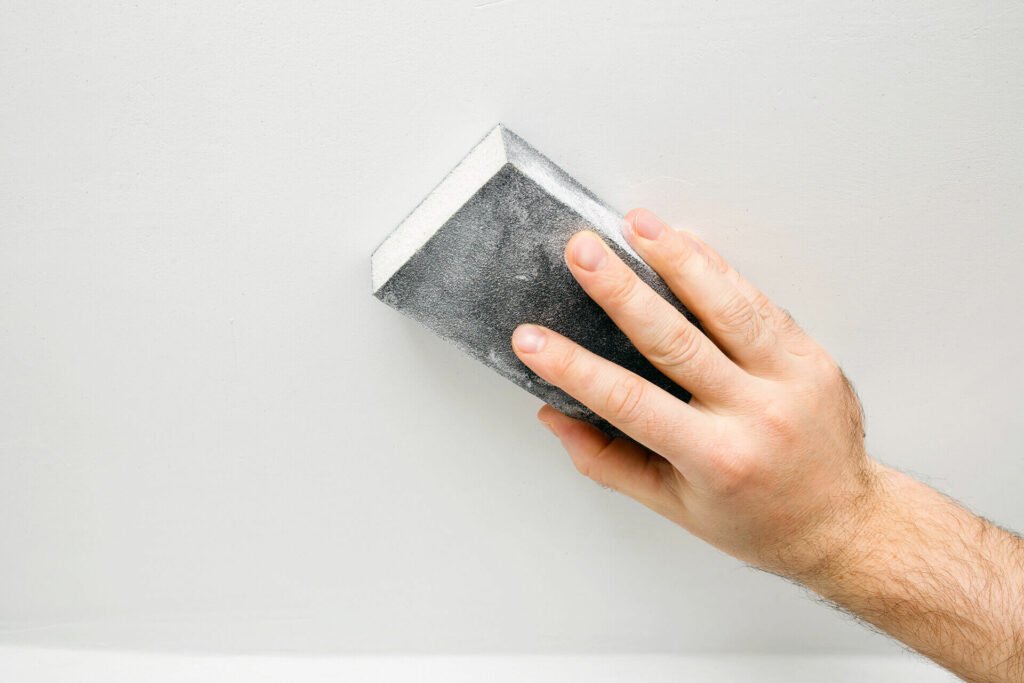Drywall panels are made of gypsum sandwiched between sheets of paper, and while they are durable, it is not difficult to put scratches, dents, or holes in them. When the damaged area is too large, it is best to hire a drywall service contractor, but homeowners can usually repair small holes themselves. This article will go over the steps to do just that.
Assess the Damage
If the damage is just a scratch, dent, or a relatively small hole with no chance of shifting, you can fill it with drywall compound (mud). For a slightly larger hole, drywall tape would be required to provide structural integrity and prevent cracking. After assessing the damage, you can acquire the necessary materials to repair the small holes in your drywall. Remember that you’d have to repaint the damaged area, so make sure you have the matching paint. If you don’t, peel a penny-sized piece of the paint off the drywall around the damaged area or behind an electrical wall plate and bring it to a paint store to get it matched.
Repair Dents & Nail Holes in Drywall
Take a putty knife, and apply drywall compound to the indentations while gently pressing down. Let it dry based on the drywall mud manufacturer’s recommendation. You might have to do this several times for deeper indentations, so the compound sits slightly above the wall surface to be sanded down later.
Repair Small Holes in Drywall
First, clean up the edges using a utility knife for slightly larger holes. Cut away any loose paper or gypsum that protrudes from the surface. Once cleaned up, cut off enough drywall tape or patch that covers the hole and a least an inch beyond the edges. Using a putty knife, apply a thin layer of drywall compound around the hole, and adhere the two pieces of tape on top in a cross-shaped pattern. Cover the adhered tape with another thin layer of joint compound, and extend beyond the edges of the hole and tape. It’s okay for the tape to be visible at this stage. Let it dry for the amount of time recommended by the drywall mud manufacturer.

Rough Sand
Start with a lower grit sanding sponge and rough sand the repaired area while feathering out. Sand lightly as you do not want to scratch or sand through the paper. All you want to do is to level out the high spots. If you have a vacuum with a drywall dust-rated filter, use it to control dust. It is recommended that you wear a mask to reduce the amount of dust you breathe in.
Second Coat of Mud
Apply another thin layer of joint compound to the damaged area and let it dry before sanding again using a higher grit sanding sponge. You may have to repeat this step a couple of times to achieve a smooth result.

Clean, Prime & Paint
Before painting the damaged area, first, wipe away the dust with a clean rag. It is also recommended to apply a coat of primer first so the paint has something to stick to. Primer can be brushed, rolled, or sprayed on. Once the primer is dry, apply new paint to the main area, then start feathering out so it blends better.
Summary
Minor damages in drywall are relatively easy to repair as a DIY project. All you need is some basic tools and patience. However, if the damaged area is larger than four inches and requires a new piece of drywall, it would be best to hire a drywall service contractor like us, especially if you want a professional finish.
